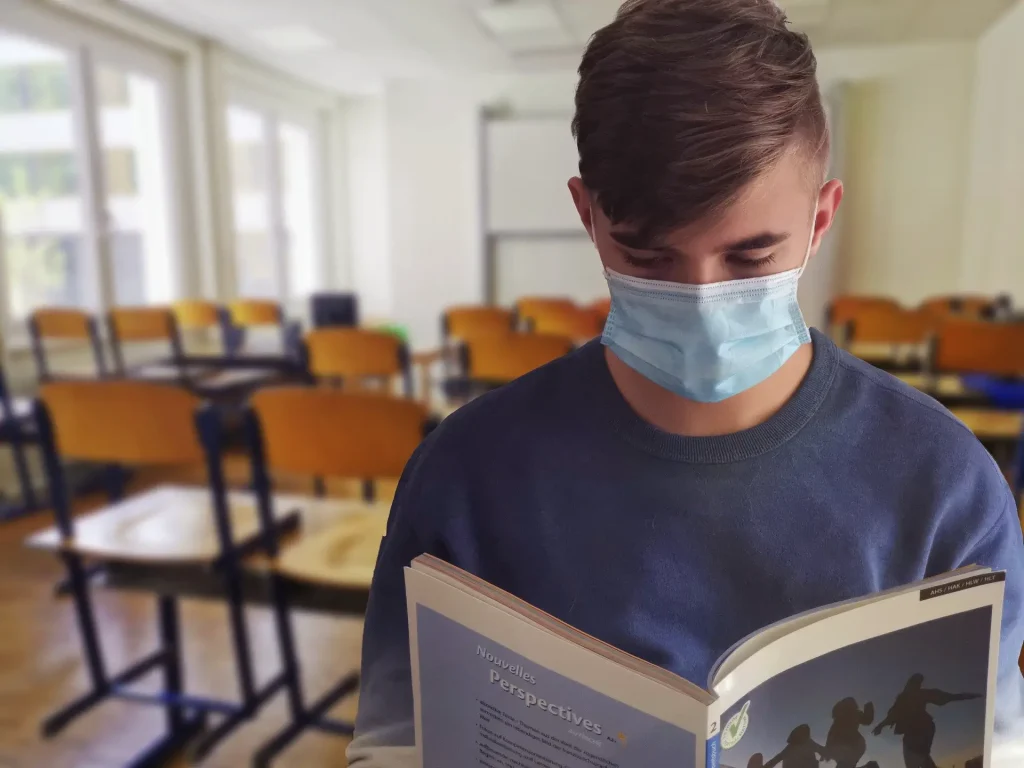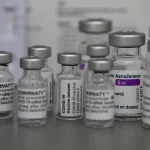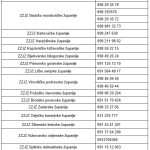As Poslovni Dnevnik writes, recently in Croatia, the share of those infected among those who were tested was only 5 percent, and the number of newly infected people fell below 100 for the first time since September 2020.
As for global and European trends, it’s difficult to find a pattern that would show why the number of infected people is growing in some countries despite the measures, and at the same time in others with less stringent measures, such as those in Croatia, the infection rate is falling. It’s true to say that Croatia is far from 50 infected people per 100,000 inhabitants, which is the limit that indicates the containment of the epidemic, but we have managed to reach 216, even though we were at more than 1200 not so long ago.
The numbers say, for example, the number of people infected with coronavirus in one day in the United States halved from early to late January from 201,420 down to 107,816 on the last day of January. The decline in the number of infected people is also being recorded, for example, in Germany with 10,620 recorded on the first Sunday in January and 8425 on the last. The numbers are similar in Austria, with 1466 and 1198, but it should be emphasised that the decline isn’t drastic despite the employment of some very restrictive measures that include curfews, reports Jutarnji list.
An enigma for many…
Here in Croatia, too, the number of people infected with the novel coronavirus was halved during the month of January, so all those who think that the measures should be relaxed are in ”euphoria” because we’ve had only 216 infected people per 100,000 inhabitants over the last two weeks. An additional enigma for many is Slovenia which still has 885 infected people per 100,000 inhabitants in 14 days and at the same time has very strict measures. Currently, the worst situations in the EU can be found in Portugal, Spain and France, where the number of infected people has doubled compared to the beginning of last month.
“There are several aspects that affect the numbers in this epidemic. For example, it can be the moment of the introduction of measures, the number of infected when those measures are introduced as well as the number of ”pockets” of communities or closed subpopulations in which the epidemic persists,” explained Croatian epidemiologist Branko Kolaric, a member of the Government Scientific Council for COVID-19.
“For example, when the epidemic is more widespread, ie when there are a lot of infected people at one time, then you don’t have to wait as long to see results when you bring in measures. When the epidemic spreads as it did in our country a few months ago, resuling in 1,200 infected people per 100,000 people, then the results of the measures introduced can be seen much faster and more clearly. After six weeks of having these measures, we’ve significantly reduced the number of infected people in Croatia. But on the other hand, Germany has measures like ours and already had at 200 infected people in 100,000 inhabiants, and when the numbers started to rise to 300, they tightened them up even more.
In short, the measures give a more visible and faster effect when the infection rate is high. If we wanted to get down to 50 infected people per 100,000 inhabitants, we’d have to have much more rigorous measures, and the results would take more time to arrive. In that case, schools wouldn’t be open, and a curfew would be likely, but the question is whether we’d eventually reach that goal,” added Croatian epidemiologist Branko Kolaric when discussing the complexity of the implementation of epidemiological goals.
The peak of the epidemic’s wave
He emphasised that, when it comes to the EU, the biggest enigma for him is neighbouring Slovenia, where the epidemiological measures have been in force for much longer than they have here in Croatia, and there are no results.
“It’s difficult to understand why the number of infected is falling so slowly and why there is such a difference between Croatia and Slovenia. It’s possible, for example, that there is more illegal socialising, ie that the measures aren’t actually being implemented in the manner they’re prescribed. In any case, in the case of the coronavirus, the natural course of the virus should probably not be neglected, so one wave passes and infects a certain circle of people and so on and so on, it does that in cycles.
In addition, there are specifics of individual countries, so this also affects the implementation of any measures. But, in any case, the fact remains that this disease is mostly transmitted by droplets, so socialising is the place where it occurs the most often and is the most possible. If there is less socialising, there’s less coronavirus,” concluded epidemiologist Branko Kolaric.
For the latest travel info, bookmark our main travel info article, which is updated daily.
Read the Croatian Travel Update in your language – now available in 24 languages.
Join the Total Croatia Travel INFO Viber community.











